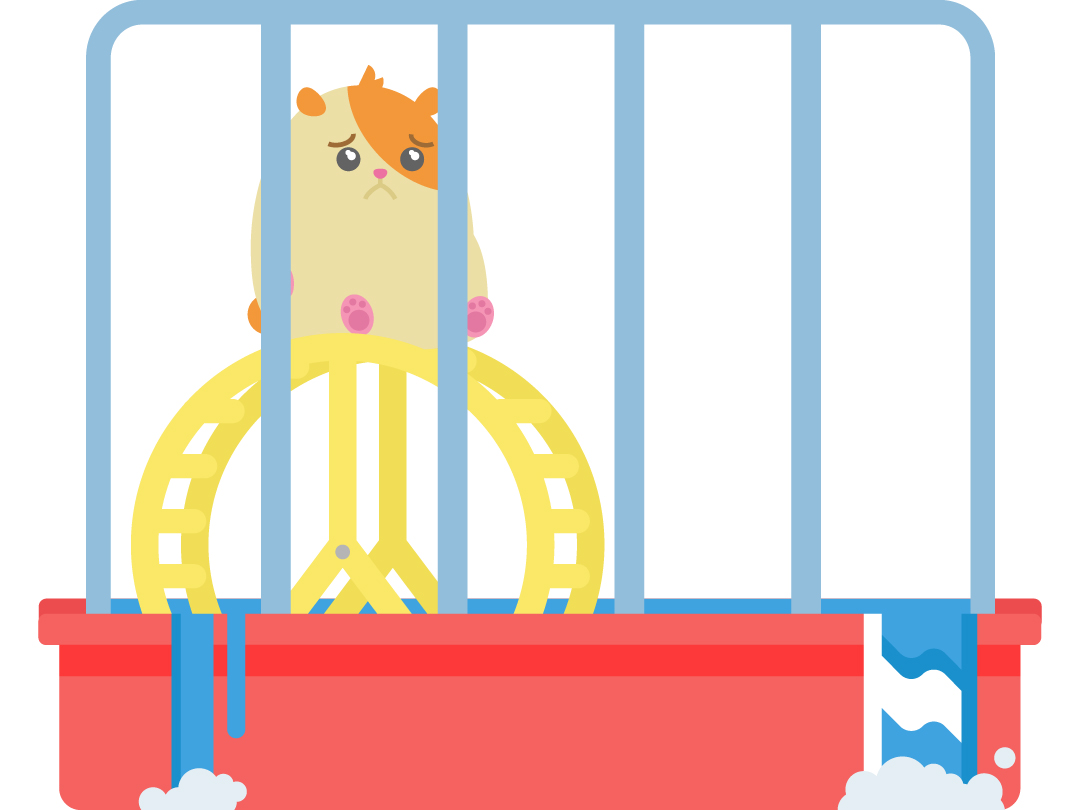

Renter's Insurance: What It Is and What It Covers
What Is Renter’s Insurance?
Renter’s insurance, like any insurance, safeguards renters and their belongings in case of unexpected events affecting their rental property. Some landlords or rental properties may require tenants to obtain renter’s insurance before moving in, and occasionally, they even partner with specific insurance companies to provide coverage options for tenants.
Do I Need Renters Insurance?
The need for renters insurance may not feel totally obvious at first glance. After alI, if the roof caves in, it’ll probably be the landlord’s responsibility to pay to replace it. But what if your TV gets damaged when it happens? And now that there’s a big hole in your roof, who covers the hefty hotel bill while you relocate during repairs? Your landlord likely won’t be financially responsible for any of those things, but renter’s insurance can help.
When you first sign your lease, it’s likely that your landlord will require you to purchase renter’s insurance up to at least a certain amount of coverage. But even if they don’t, you should seriously consider what you would do if something were to happen. The price of renters insurance is surprisingly affordable, averaging around $10-$15 a month. In exchange for the amount of coverage you get, that’s a small price to pay. Many people bundle their renters and auto insurance together, earning a discount that makes it even more affordable.
How Does Renter’s Insurance Work?
Renters insurance works similarly to car insurance or other major types of insurance. You’ll purchase a policy from an insurance provider. This policy is an agreement between you and the company that lists everything they cover. On a regular basis (usually monthly, but it could be quarterly or even yearly), you’ll pay a premium to your insurance company. This is what you pay to them in exchange for your policy, whether you use the insurance or not. When something happens, and you need to get reimbursed, you’ll submit a claim. This is a report to your insurance company that details the event and what you need money for. If your insurance company approves the claim (meaning they agree that it falls within the policy), you’ll likely pay a deductible, which is your portion of the cost. Once you pay that amount, your insurance will reimburse or pay for the rest, up to the set limit in your policy.
What Does Renter’s Insurance Cover?
There are three main types of coverage generally included in a standard renters insurance policy.
- Personal property: Pays to repair or replace your belongings if they are damaged.
- Loss of use: Reimburses you for cost of living expenses if you’re forced to live somewhere other than your rental (like a hotel) due to it becoming uninhabitable.
- Liability: Pays for damage to someone else’s property when you’re at fault. For example, if your patio chairs are swept off your balcony by the wind and damage a neighbor’s car. Liability coverage can also reimburse medical expenses for an injury to someone else. This injury may not even necessarily have to happen on your rental property. If you’re taken to court over one of these issues, this type of coverage can also help pay for legal fees.

Replacement Cost Vs Actual Cost Value
When it comes to your personal property coverage, you’ll likely need to choose between actual cost value and replacement cost value coverage. When something is damaged, actual cost value coverage pays you the current value of the item, as if you sold it the day before it was damaged. Since things lose value over time, the money you get may or may not be enough to actually replace the damaged item. Replacement cost value coverage, on the other hand, ensures that you are able to buy something of similar value to what was damaged. This means that replacement cost value coverage often pays more than actual cost value coverage. The tradeoff is that replacement cost coverage will usually come with a higher premium.
Perils
The things that can cause damage to your property are called perils in insurance terms. Some of the most common covered perils for renters insurance include:
- Theft and vandalism
- Mold and water damage from internal sources (such as a burst pipe)
- Fire and smoke
- Wind
- Hail and snow
While that includes a lot of the common perils you may face as a renter, it doesn’t cover everything. Floods, earthquakes, and bed bugs are among the major dangers that a standard policy likely won’t cover. If you want to be protected from these perils, you may be able to purchase separate policies specifically to cover them.
Neither Banzai nor its sponsoring partners make any warranties or representations as to the accuracy, applicability, completeness, or suitability for any particular purpose of the information contained herein. Banzai and its sponsoring partners expressly disclaim any liability arising from the use or misuse of these materials and, by visiting this site, you agree to release Banzai and its sponsoring partners from any such liability. Do not rely upon the information provided in this content when making decisions regarding financial or legal matters without first consulting with a qualified, licensed professional.

